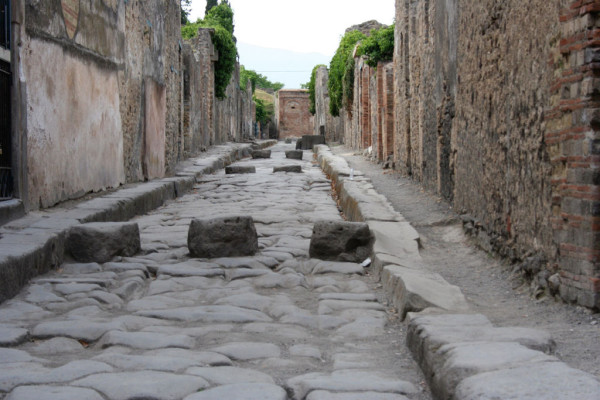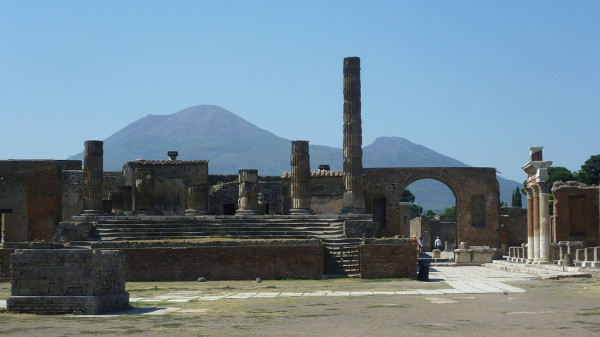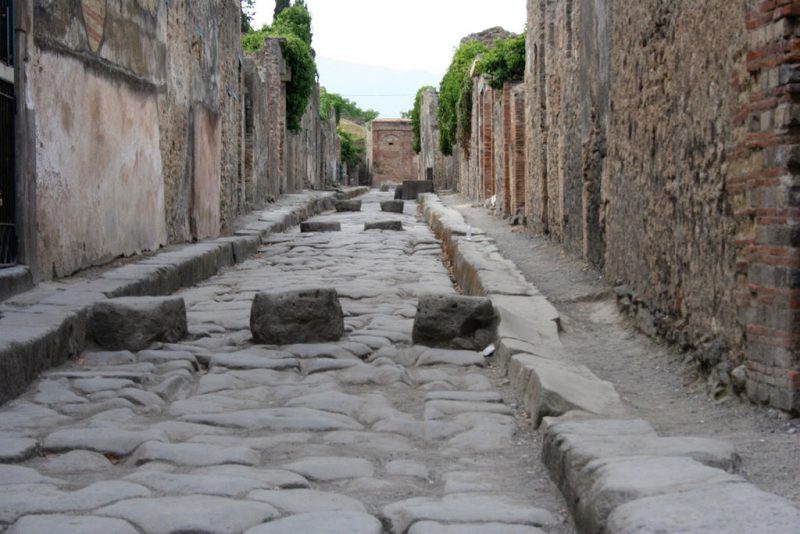
According to the Legends, the city of Pompeii was destroyed due to their diminishing morality and hostility towards Gods. Therefore Gods decided to rain the city with their wrath through Mount Vesuvius in 79 AD. For a rational mind, this was a rare historic event and frankly the people of the Pompeii had this coming their way since they lived in the lap of a silent Giant. However for majority of ‘simple minded folks’ the curse of the Pompeii is a real thing. This is precisely the reason why a lot of thieves who stole the relics from the ancient site have been mailing them back to Pompeii authorities saying their lives have been ruined by the curse of these objects. (Mail Online)
Most of these robbers are not ‘one-off’ opportunity seekers; they are rather professional thieves with thriving stolen artefacts business all around world. Then what caused these skilled robbers to fall for such conventional placebo? There could be a variety of reasons behind this peculiar occurrence, yet the most eligible candidate is mass hysteria and superstition surrounding the Pompeii. One needs a giant leap of faith to suggest otherwise i.e. there is certainly a curse attached with the Pompeii. One major problem that such a notion presents is the fact that if ruined cities do contain some sort of a curse, then why on earth the recent civilization has not yet been destroyed, since we have unearthed and tempered with thousands if not millions of ancient ruins from around the world?
Of course there is no curse associated with Pompeii or with any other historic site for that matter; however in people’s mind Pompeii certainly is cursed. Generally this notion is discredited by scientists, however on this occasion people’s superstition is serving a good purpose for science and history since the stolen objects of immeasurable value are returning home. One could call this a blessing in disguise.

The excavated city offers a snapshot of Roman life in the 1st century, frozen at the moment it was buried on 24 August AD 79. The forum, the baths, many houses, and some out-of-town villas like the Villa of the Mysteries remain well preserved.
Details of everyday life are preserved. For example, on the floor of one of the houses (Sirico’s), a famous inscription Salve, lucru(“Welcome, profit”) indicates a trading company owned by two partners, Sirico and Nummianus (but this could be a nickname, sincenummus means “coin; money”). Other houses provide details concerning professions and categories, such as for the “laundry” workers (Fullones). Wine jars have been found bearing what is apparently the world’s earliest known marketing pun (technically a blend), Vesuvinum (combining Vesuvius and the Latin for wine, vinum).
The numerous graffiti carved on the walls and inside rooms provides a wealth of information regarding Vulgar Latin, the form of Latin spoken colloquially rather than the literary language of the classical writers.
In 89 BC, after the final occupation of the city by Roman General Lucius Cornelius Sulla, Pompeii was finally annexed by the Roman Republic. During this period, Pompeii underwent a vast process of infrastructural development, most of which was built during the Augustan period. These include an amphitheatre, a palaestra with a central natatorium (cella natatoriua) or swimming pool and anaqueduct that provided water for more than 25 street fountains, at least four public baths, and a large number of private houses (domūs) and businesses. The amphitheatre has been cited by modern scholars as a model of sophisticated design, particularly in the area of crowd control.
The aqueduct branched through three main pipes from the Castellum Aquae, where the waters were collected before being distributed to the city. In extreme drought, the water supply would first fail to reach the public baths (the least vital service), then private houses and businesses—and if there were no water flow at all, the system would fail to supply the public fountains (the most vital service) in the streets of Pompeii. The pools in Pompeii were mostly for decoration.
The large number of well-preserved frescoes provide information on everyday life and have been a major advance in art history of the ancient world, with the innovation of the Pompeian Styles (First/Second/Third Style). Some aspects of the culture were distinctlyerotic, including frequent use of the phallus as apotropaion or good-luck charm in various types of decoration. A large collection of erotic votive objects and frescoes were found at Pompeii. Many were removed and kept until recently in a secret collection at the University of Naples.
At the time of the eruption, the town may have had some 20,000 inhabitants, and was located in an area where Romans had holiday villas. William Abbott explains, “At the time of the eruption, Pompeii had reached its high point in society as many Romans frequently visited Pompeii on vacations.” It is the only ancient town of which the whole topographic structure is known precisely as it was, with no later modifications or additions. Due to the difficult terrain, it was not distributed on a regular plan as most Roman towns were, but its streets are straight and laid out in a grid in the Roman tradition. They are laid with polygonal stones, and have houses and shops on both sides of the street. It followed its decumanus (main east/west road) and its cardo (main north/south road), centered on the forum.
